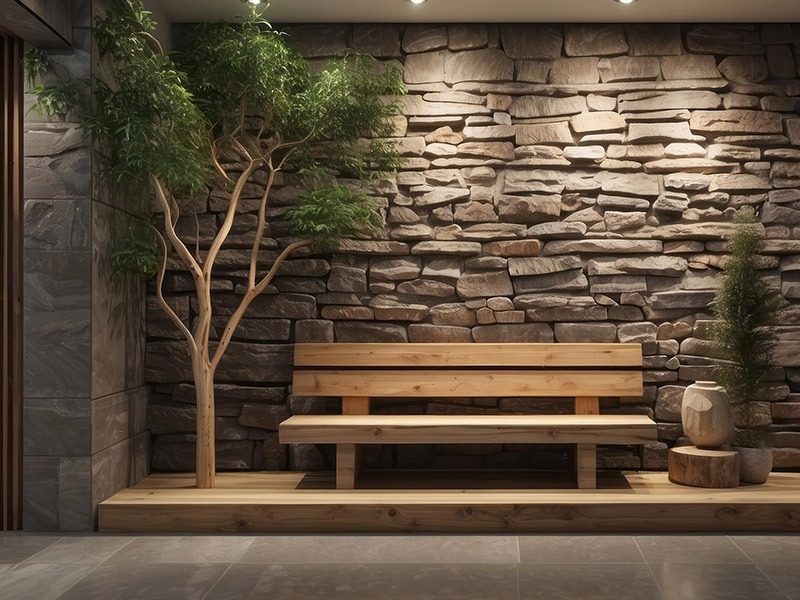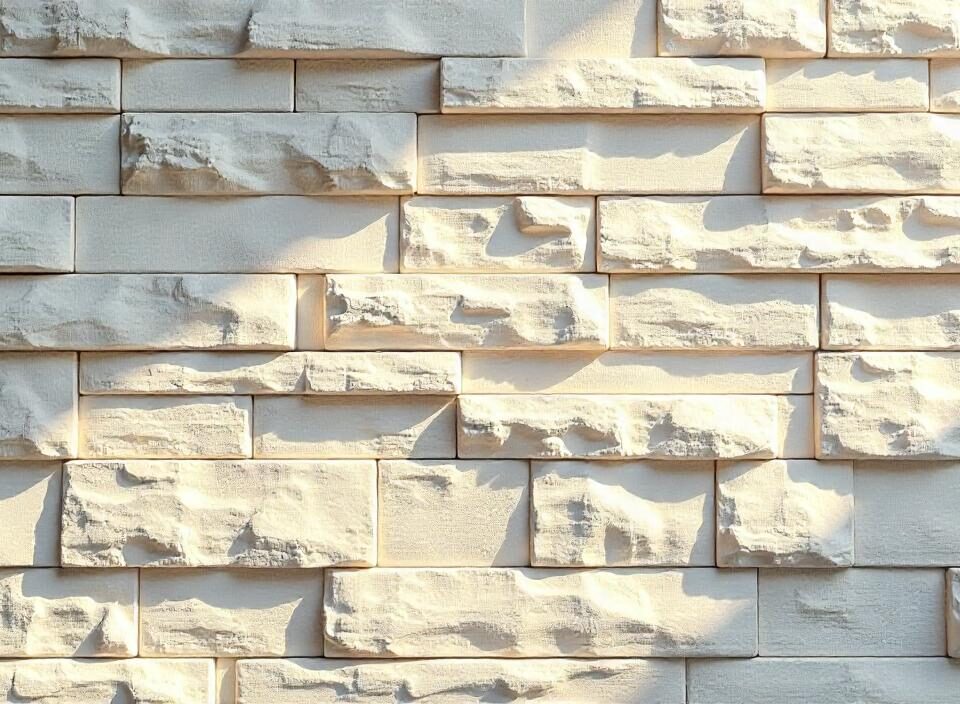Revamp Your Brick Walls: The Best Techniques for Cladding
Cladding a brick wall can dramatically enhance the aesthetic appeal of your home while providing additional insulation and protection against weather elements. This step-by-step guide will help you understand the process, materials, and techniques necessary to successfully Stone wall Cladding in Udaipur your brick wall.

Understanding Cladding
Cladding refers to the application of one material over another to provide a layer of protection and to improve appearance. When it comes to brick walls, cladding can be used for various reasons, including updating the look of your home, adding insulation, or even waterproofing. Common cladding materials include wood, vinyl, stone, and metal. Choosing the right material depends on your desired aesthetic and functional requirements.
Preparing the Wall
Before you begin cladding your brick wall, proper preparation is crucial. Start by assessing the existing brick surface. Check for any cracks, chips, or loose bricks that need to be repaired. Any damaged areas should be fixed before proceeding.
Once the surface is in good condition, clean the wall thoroughly. Use a pressure washer or a scrub brush with a mild detergent to remove dirt, grime, and any efflorescence (white powdery residue from salt deposits). Allow the wall to dry completely to ensure proper adhesion of the cladding material.
Choosing the Right Cladding Material
The choice of cladding material will greatly impact both the look and performance of your brick wall. Here are some popular options:
- Vinyl Cladding: A low-maintenance option that comes in a variety of colors and styles. It is resistant to moisture and does not require painting.
- Wood Cladding: Offers a natural, warm aesthetic but requires regular maintenance to prevent rotting and warping. It is essential to use treated wood or wood species that are naturally resistant to decay.
- Stone or Brick Veneer: This option provides the look of natural stone or brick without the weight and cost of full stone. Veneers are typically lightweight and can be easier to install.
- Metal Cladding: Provides a modern look and is extremely durable. Metals like aluminum and steel are resistant to corrosion and can withstand harsh weather conditions.
Installation Process
- Measure and Plan: Begin by measuring the area you wish to clad. Create a plan that includes the layout of the cladding and how you will handle corners and joints.
- Install Furring Strips: If your cladding material requires a gap for ventilation or additional insulation, you may need to install furring strips. These are wooden or metal strips that are attached vertically to the brick wall. Ensure they are level and spaced evenly based on your cladding material’s specifications.
- Apply a Weather Barrier: If you live in a particularly wet climate, consider installing a weather barrier. This is typically a breathable membrane that allows moisture to escape while protecting against external moisture.
- Start Cladding Installation: Follow the manufacturer's instructions for your chosen cladding material. Start at the bottom of the wall and work your way up. Use the appropriate fasteners or adhesives as recommended for your specific material.
- Cut and Fit Pieces: As you work, you may need to cut pieces of cladding to fit around windows, doors, or corners. Use a saw suitable for your cladding material (e.g., circular saw for wood or metal cladding, utility knife for vinyl).
- Finishing Touches: Once the cladding is in place, add any finishing touches, such as trim around windows and doors. Make sure to caulk or seal any joints to prevent water infiltration.
Maintenance Tips
To keep your clad wall looking its best, regular maintenance is essential. Inspect the cladding periodically for any signs of damage, especially after severe weather. Clean the surface as needed to remove dirt and debris. Depending on the cladding material, you may need to repaint or reseal it periodically.
Cladding a brick wall is a rewarding project that can enhance your home’s value and appearance. By following the steps outlined above, you can achieve a professional-looking result. If you're looking for quality materials and expert advice, consider reaching out to The Stone Evolution for your cladding needs. They offer a wide range of products and services to help you transform your space beautifully and sustainably.

